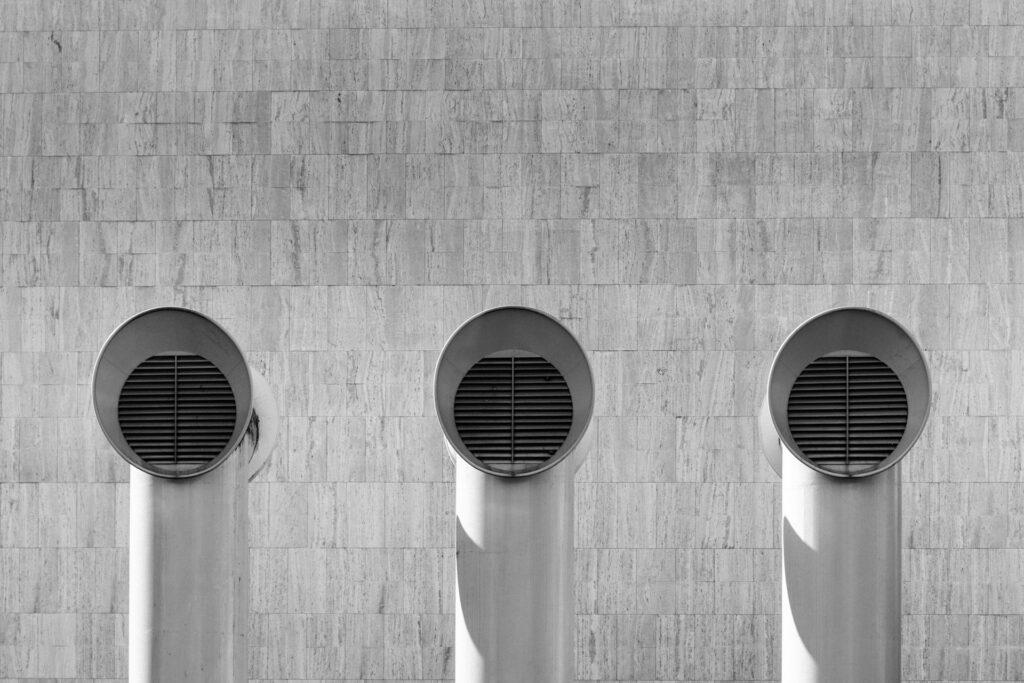Improving energy efficiency in commercial buildings is not just about reducing utility bills; it’s about fostering a sustainable environment. One of the unsung heroes in this battle is the Airflow Sensor, a device that plays a pivotal role in optimizing energy use. By leveraging such advanced technology, businesses can significantly cut down on energy wastage and enhance overall building performance.
Introduction to Energy Consumption in Commercial Buildings
Energy consumption in commercial buildings is a significant expense, often accounting for a substantial portion of operating costs. This high energy demand is driven by various factors including heating, ventilation, air conditioning (HVAC) systems, lighting, and equipment usage. As businesses strive to be more environmentally conscious and cost-efficient, the need for effective energy management solutions becomes imperative.
Common Areas of Energy Waste
Identifying areas where energy is wasted is the first step toward enhancing efficiency. Common culprits in commercial buildings include outdated HVAC systems, poor insulation, inefficient lighting, and uncontrolled equipment operation. HVAC systems, in particular, are notorious for consuming vast amounts of energy, especially if they are not properly maintained or optimized. Inadequate insulation can lead to significant heat loss in the winter and heat gain in the summer, thereby increasing the workload on HVAC systems. Additionally, traditional lighting solutions and equipment that are left running when not in use contribute to unnecessary energy consumption.

Strategies for Energy Savings
Implementing energy-saving strategies requires a holistic approach that encompasses both technological upgrades and behavioral changes. Here are some key strategies to consider:
- Upgrade to Energy-Efficient Equipment: Replace old HVAC units, lighting, and other equipment with energy-efficient models. Look for devices that have high Energy Star ratings.
- Implement Smart Controls: Utilize smart thermostats, occupancy sensors, and automated lighting controls to ensure that energy is used only when necessary.
- Improve Insulation: Enhance the building’s insulation to prevent heat loss and gain, reducing the burden on HVAC systems.
- Regular Maintenance: Schedule regular maintenance for HVAC systems and other energy-consuming equipment to ensure they operate at peak efficiency.
- Educate Occupants: Encourage energy-saving behaviors among building occupants, such as turning off lights and equipment when not in use and setting thermostats to optimal temperatures.
Role of Airflow Sensors in Monitoring and Reducing Energy Use
Airflow Sensors are integral to optimizing HVAC system performance and, consequently, reducing energy consumption. These sensors provide real-time data on air movement and flow rates within the system, allowing for precise adjustments to ensure optimal operation. By monitoring and adjusting airflow, these sensors help maintain ideal temperature and humidity levels without overburdening the HVAC system.
For instance, in large commercial spaces, airflow can be uneven, leading to hot or cold spots that cause discomfort and inefficiency. An Airflow Sensor detect these discrepancies and communicate with the HVAC system to adjust airflow accordingly, ensuring uniform distribution of conditioned air. This not only enhances comfort but also reduces the energy required to maintain desired conditions.
Commercial Buildings that Have Successfully Reduced Energy Consumption
 Corporate Headquarters in San Francisco
Corporate Headquarters in San Francisco
A leading tech company headquartered in San Francisco undertook a comprehensive energy efficiency retrofit of their main office building. They installed state-of-the-art HVAC systems, including advanced Airflow Sensors. These sensors played a crucial role in maintaining optimal airflow and temperature throughout the building, ensuring energy was used efficiently without compromising on comfort.
Key Outcomes:
- 40% reduction in overall energy consumption within the first year.
- Significant decrease in utility bills, amounting to annual savings of approximately $500,000.
- Enhanced employee comfort and productivity due to more consistent indoor temperatures.
University Campus in Boston
A prominent university in Boston implemented a multi-phase energy efficiency program across its campus buildings. The initiative included upgrading lighting systems to LED, installing smart thermostats, and integrating Airflow Sensors into existing HVAC systems.
Key Outcomes:
- 30% reduction in energy use across campus buildings.
- Improved air quality and comfort levels in classrooms and lecture halls.
- A reduction in the university’s carbon footprint, aligning with their sustainability goals.
Retail Chain in the Midwest
A retail chain operating over 50 stores in the Midwest region focused on reducing energy costs by modernizing their HVAC systems with Airflow Sensors and smart controls. This allowed for precise monitoring and control of heating and cooling, tailored to store occupancy and outdoor weather conditions.
Key Outcomes:
- 25% energy savings across all stores.
- Better customer experience due to more consistent indoor climates.
- Lower maintenance costs due to the predictive capabilities of the new HVAC systems, which prevented breakdowns and extended equipment lifespan.
Checklists: Steps to Implement Energy-Saving Measures
1. Conduct an Energy Audit
- Hire a professional energy auditor to assess current energy use and identify inefficiencies.
- Review utility bills and energy usage data.
- Identify major energy-consuming systems and areas with potential for savings.
2. Upgrade HVAC Systems
- Replace outdated HVAC units with high-efficiency models.
- Install Airflow Sensors to monitor and optimize air distribution.
- Integrate smart thermostats for precise temperature control.
3. Improve Building Insulation
- Inspect and upgrade insulation in walls, roofs, and windows.
- Seal leaks and drafts to prevent energy loss.
- Consider double-glazing windows for better thermal performance.
4. Implement Energy-Efficient Lighting
- Replace traditional bulbs with LED lighting.
- Install occupancy sensors to ensure lights are only on when needed.
- Use daylight harvesting systems to maximize natural light usage.
5. Automate and Control Systems
- Use building management systems (BMS) to automate HVAC, lighting, and other energy-consuming systems.
- Set schedules for heating, cooling, and lighting based on occupancy patterns.
- Regularly review and adjust settings for optimal performance.
6. Educate and Engage Building Occupants
- Promote energy-saving practices among employees and tenants.
- Provide training on using new systems and technologies effectively.
- Encourage feedback to identify additional areas for improvement.
7. Monitor and Maintain Systems
- Regularly review energy use data to identify trends and anomalies.
- Schedule routine maintenance for HVAC, lighting, and other systems.
- Use predictive maintenance tools to address issues before they lead to system failures.
The Power of Efficient Energy Management
Maximizing energy savings in commercial buildings is not only beneficial for reducing operational costs but also essential for promoting sustainability. By addressing common areas of energy waste and employing advanced technologies like Airflow Sensors, businesses can create more efficient, comfortable, and environmentally friendly spaces. The success stories of energy-efficient buildings highlight the potential for substantial improvements and set a precedent for others to follow. Embracing these strategies can lead to significant long-term benefits, proving that efficient energy management is a smart investment for the future.
Picture Credits:
The KonG – stock.adobe.com
unsplash.com
pexels.com



